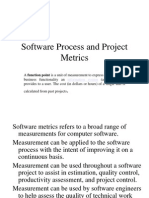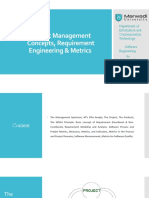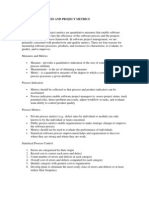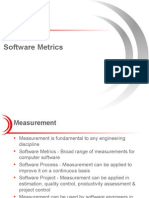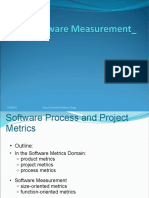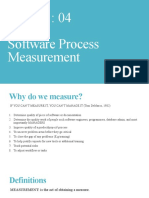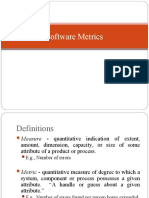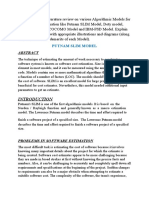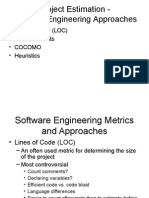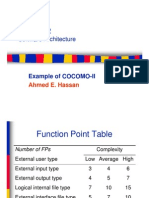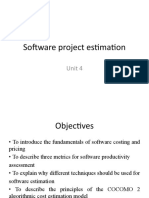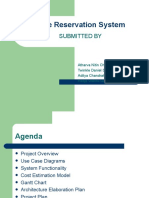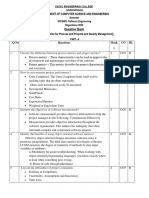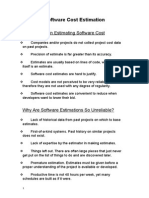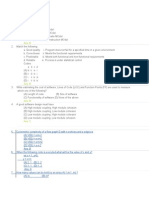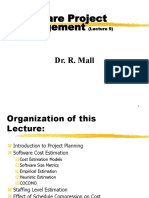0% found this document useful (0 votes)
40 views68 pagesSEPM Module 2 Part 2
The document discusses software project management, focusing on the importance of software process and project metrics for assessing productivity and quality. It introduces the '3Ps' framework—People, Product, and Process—highlighting their interconnection in achieving project success. Additionally, it covers various measurement techniques, including size-oriented and function-oriented metrics, and emphasizes the significance of accurate project size estimation for effective planning and execution.
Uploaded by
Pranav RaghuvanshiCopyright
© © All Rights Reserved
We take content rights seriously. If you suspect this is your content, claim it here.
Available Formats
Download as PDF, TXT or read online on Scribd
0% found this document useful (0 votes)
40 views68 pagesSEPM Module 2 Part 2
The document discusses software project management, focusing on the importance of software process and project metrics for assessing productivity and quality. It introduces the '3Ps' framework—People, Product, and Process—highlighting their interconnection in achieving project success. Additionally, it covers various measurement techniques, including size-oriented and function-oriented metrics, and emphasizes the significance of accurate project size estimation for effective planning and execution.
Uploaded by
Pranav RaghuvanshiCopyright
© © All Rights Reserved
We take content rights seriously. If you suspect this is your content, claim it here.
Available Formats
Download as PDF, TXT or read online on Scribd
/ 68



















